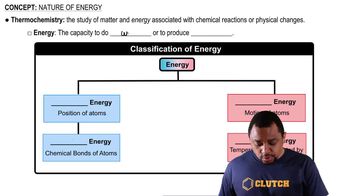Textbook Question
Naturally occurring boron consists of two isotopes: 10^B (19.9%) with an isotopic mass of 10.0129 and 11^B (80.1%) with an isotopic mass of 11.009 31. What is the atomic weight of boron? Check your answer by looking at a periodic table.
1735
views




